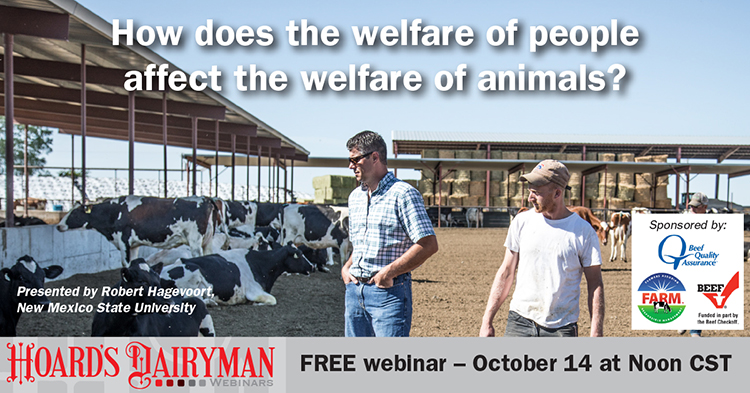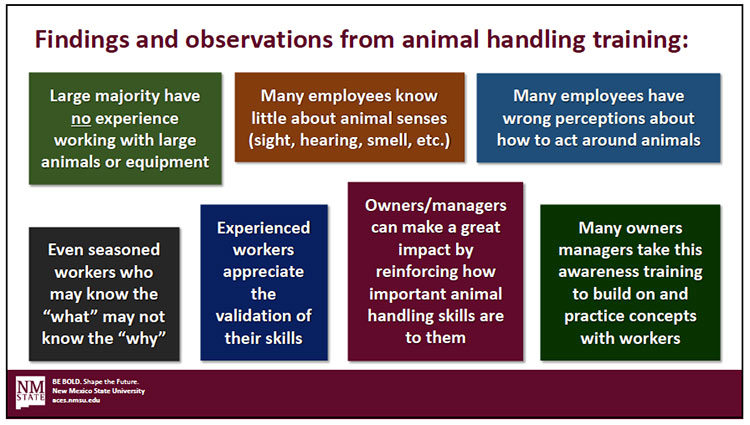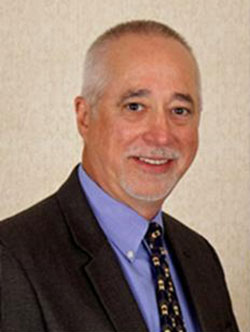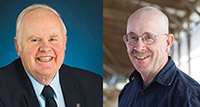
There are two sides to the human component. First is the competence, or the skill and knowledge that the person possess for the task. The other includes their attitude and character. The first is easier to change with information, while attitude and character is more difficult to influence.
Operations are getting larger and there is less reliance on family members to do the work. Potential workers may have language barriers, but they also may not even be familiar with working with larger animals. “Our industry is in transition,” Hagevoort states.
On many dairies, responsibilities have become more specialized – one person feeds calves, someone else does the feeding, another milks the cows, and so forth. Now, the owner no longer manages cows, but they manage people as well. Herd owners or managers studied dairy science or agriculture in college to be better able to be best equipped to handle the operation, but they were not necessarily trained to manage the people-side of the business.
There are different personality assessment tests, like Myers-Briggs, that help determine how people think and react to situations. It is beneficial for a manager to understand their employees and to make their employment more enjoyable. For example, knowing that an employee is motivated by a sense of belonging, they may be encouraged with a new farm shirt. One that is driven my numbers and efficiency might want to better understand milk quality and track performance, and therefore have a personal stake in the results.
The willingness to perform a job is not the same as having skills to do the job well. “We need more employees with cow experience,” stated Hagevoort. In the search for employees, this should be a consideration.
But, finding employees is difficult. In the research and training of employees conducted by Hagevoort, he found that the majority do not come from ag backgrounds and have little experience with equipment or large animals. Sadly, 60 percent had an education level of fifth grade or below, with illiteracy or low reading comprehension skills. This in turn led to high turnover rates in his studies.
The immigrant workforce is also changing. Many think workers are just from Mexico, but they come from all over South America. But more surprisingly, they speak a different language than Spanish! The Mayan culture speaks K’iche (key-chay). This compounds the communication barrier that may have existed with a single-language or a bilingual management team.
Furthermore, facilities that may have been designed with a specific body style in mind may now be creating a physically uncomfortable environment. For example, in the dairy operations that Hagevoort works with, the average height of employees is getting shorter. Specifically, the Mayans are shorter in stature. This creates a challenge when attaching milking units in a parlor because of the extra extension needed to reach the udders. This could lead to soreness and fatigue over a period of time.
Hagevoort challenged his audience, “We focus on cow comfort to get the best performance from our cows. What about human comfort?” There are mats in calf barns and cow walk ways, but is there matting where employees stand and work? Is there an area for employees to eat their lunch or to rest?

Research showed that on dairies where handlers understand why they are doing what they are doing, cows are calmer, more curious, and less fearful of humans and human interaction. “Animal welfare does not live in a vacuum; it is the result of correct or mindful human-animal interaction,” shared Hagevoort.
“Frustration is the perfect setup for wrong outcome, and possible animal mishandling,” cautioned Hagevoort. We need to get to the source of the frustration to avoid potential issues from arising. As we all know, cows are creatures of habit. They have great memories, recognize people, and know who treats them well.
We are not unique, as other industries have seen similar changes in their workforce. Training guides are available to help in this transition period. There are additional resources in the archived webinar that you can download. This presentation was sponsored by the National FARM program and the Beef Quality Assurance program.
Join us for two upcoming webinars:

Special silage hybrids webinar:Hoard’s Dairyman invites you to a special webinar – “Guidelines for Selecting a Silage Hybrid” presented by Pioneer on Monday, October 28 at noon (Central). With a focus toward dairy nutritionists, Bill Mahanna will provide an overview of the agronomic and nutritional factors to consider when selecting a silage hybrid. Register at this link.
Feed Outlook webinar:
“A feed and forage outlook” will be held on Monday, November 11, at noon (Central time).


The author is the online media manager and is responsible for the website, webinars, and social media. A graduate of Modesto Junior College and Fresno State, she was raised on a California dairy and frequently blogs on youth programs and consumer issues.








